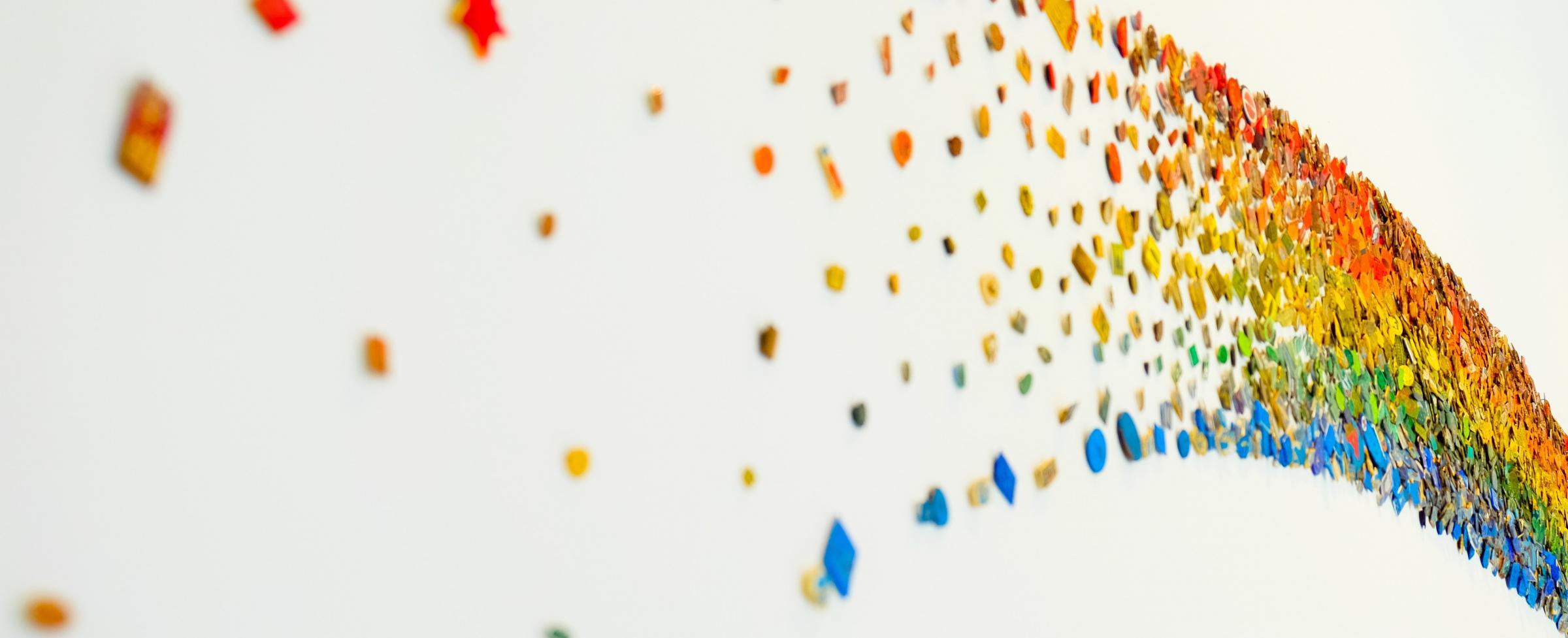
When allyship starts at the top
For art teacher Ryan Hill, creating safe spaces for students starts by nurturing safe spaces for teachers.
Author: Ryan Hill
About a decade ago, I began teaching at a Capitol Region Education Council (CREC) school in Hartford, Connecticut as an elementary art teacher. This was not my first teaching job, as I previously taught part time in Long Island, New York and in a private school in Connecticut. This time, I felt as though I had found my fit and saw this district as an opportunity to build my teaching career.
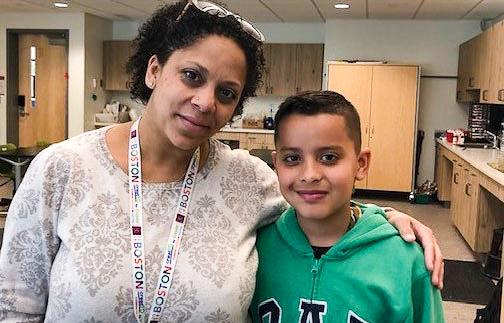
As always, I approach new beginnings with caution and grace. Not only am I a mix of different races, but I am also a gay woman. I never want to assume people are going to judge me based on the color of my skin or my sexual orientation; however, it’s still a challenge, even today, to stand out from the norm.
I grew up in a predominantly Caucasian township and school where, at times, I was the only student of color (besides my siblings). I always felt out of place, and that feeling became my norm.
Enter your email to get the updates that matter.
Finding my own safe space
After a year of teaching for CREC and feeling out my new environment, I began to feel more at ease, as though this could truly be a safe place to be my multicultural, gay self, even though I was still a minority among the faculty.
When the school's administration changed, our new principal encouraged teachers to be ourselves and to let that help us embrace each one of our diverse students.
One late summer as we met as a faculty in the school cafeteria, we were asked to bring something we hold dear and that would tell who we are as our own individual selves. After listening to personal stories of other teachers’ special trips, babies and favorite classroom flare, it was my turn. I held up a framed picture of myself with my wife and two daughters.
There were no gasps, no shaming whispers or awkward stares, just positive comments about my beautiful family. And the support continued to grow. After being out to my administration and colleagues, I was included in the everyday banter of asking about families and weekend plans. Others divulged information to me because they knew I would not judge. I felt as though our differences were seen as just that—a difference, not a discrepancy.
At CREC, the supportive environment continues to flourish for me; but what about my students?
If I still experience these journeys of feeling out of place, outnumbered or scared to move forward as my true self, what is going on with the thousands of students we’re teaching? How successful can they really be if they are struggling to feel comfortable or safe in their school environment?
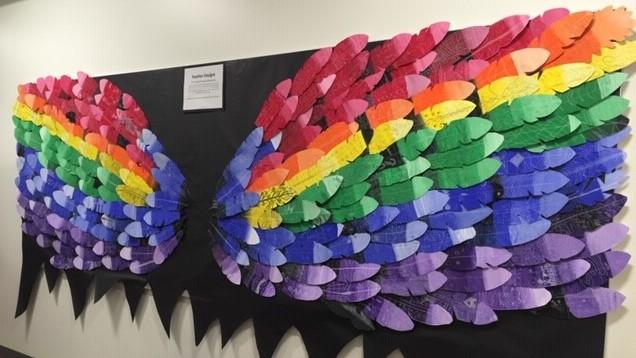
When teachers share their identities
Teachers can use their own differences to explore identity with students, from their race, cultural upbringing and traditions, to their own personal choices in life. Although I do not personally come out as gay to my Pre-K through 5th grade students, I do use personal experiences to discuss race and cultural differences in class.
I recently did a story quilt project with my 5th graders and we explored and discussed the personal stories of two famous black women artists who both experienced struggles being black, being women and being artists. Then we compared these trials to myself, a mixed-race, black woman artist.
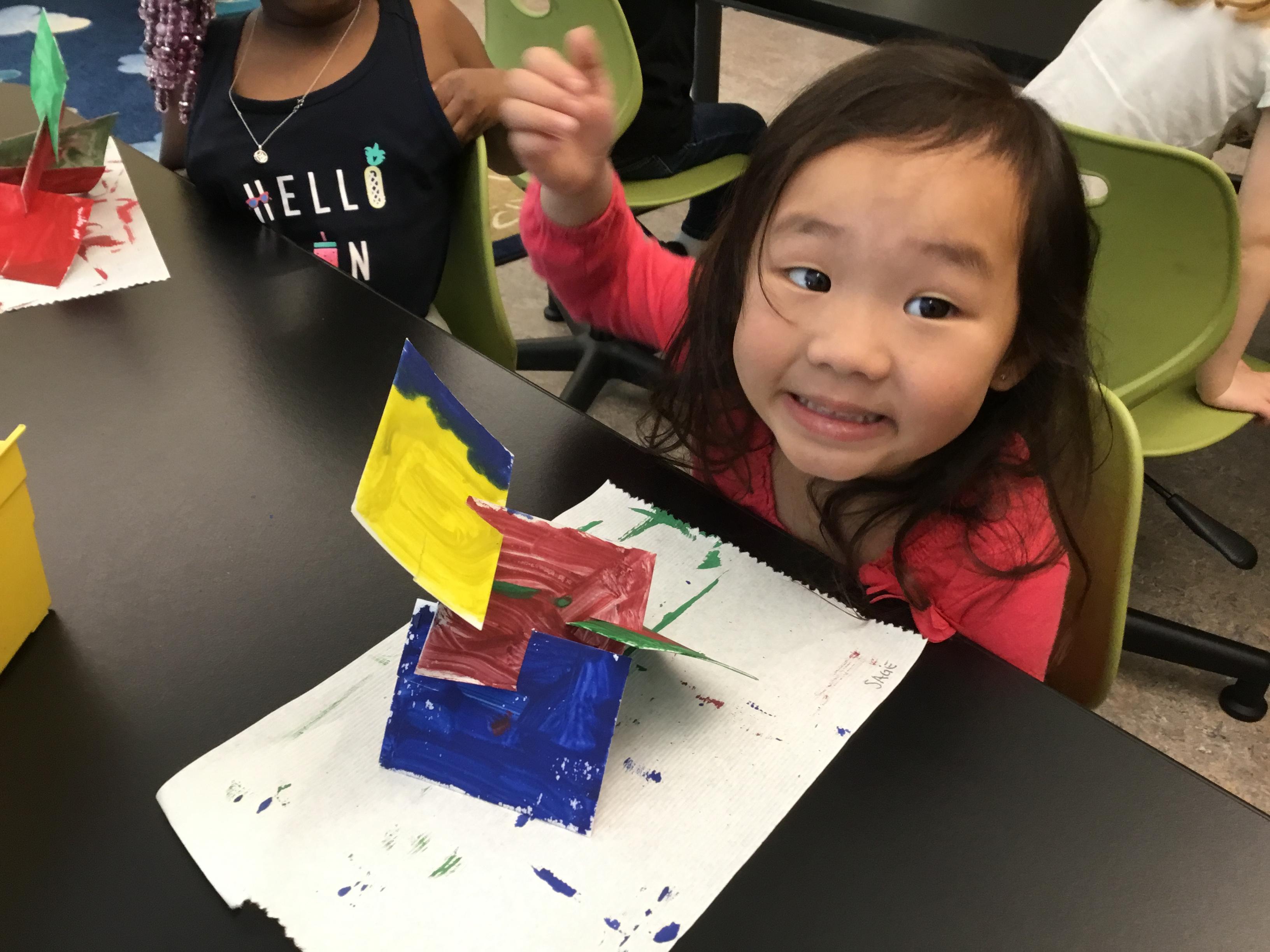
Students remember when their teachers use individual stories and experiences in their teachings. I also have adopted twins. I share the story of my adopted girls with my students all the time, along with the challenges and joys of being a mom to them—one of my most important identities.
Discussing how and why people’s identities and perspectives have changed helps students see how the world can change and how they can help.
I encourage my students to be themselves in all ways they can. It is important to make these connections with students because you just don’t know what they are dealing with in their home life or within themselves.
When the administration provides supportive spaces
I have read about and spoken to teachers who have started LGBTQIA groups and/or safe spaces in their schools. My school is in the works of starting up a Gay Straight Alliance (GSA) group. We also have the Pretty Brown Girl Club to support and empower the girls from underrepresented races, and the Gentlemen of Museum Academy to help mold bright, young men who want the opportunity to learn and practice what it truly means to be a gentleman in today’s society.
These spaces are necessary for students in my school, and each school should demonstrate support for the needs of their specific students. To ensure students are feeling safe in their school environment, we become charged as school teachers to make certain that happens for them.
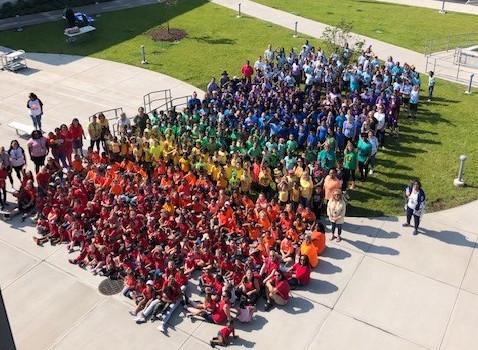
The trickle effect of support is an effective process. Growing up knowing what it is like to feel the need for support, makes me so proud of my supportive environment, administration and colleagues.
And so we pass that on to our students. Help them feel supported, proud, fulfilled and ready to take on life! When it comes to teaching, there is nothing more rewarding.
Looking for resources for student allyship? Teaching Tolerance magazine offers many tools and tips, including toolkits for serving LGBTQ students and being an ally.
Are you up for the challenges and rewards of teaching?
Are you ready to join Ryan in her quest for educational equity? Wondering which programs are a good fit for your background and skills?
Sign up for free advising from a career coach to learn more about teaching and educator preparation programs. No question is off limits. Select a name below to get started!
